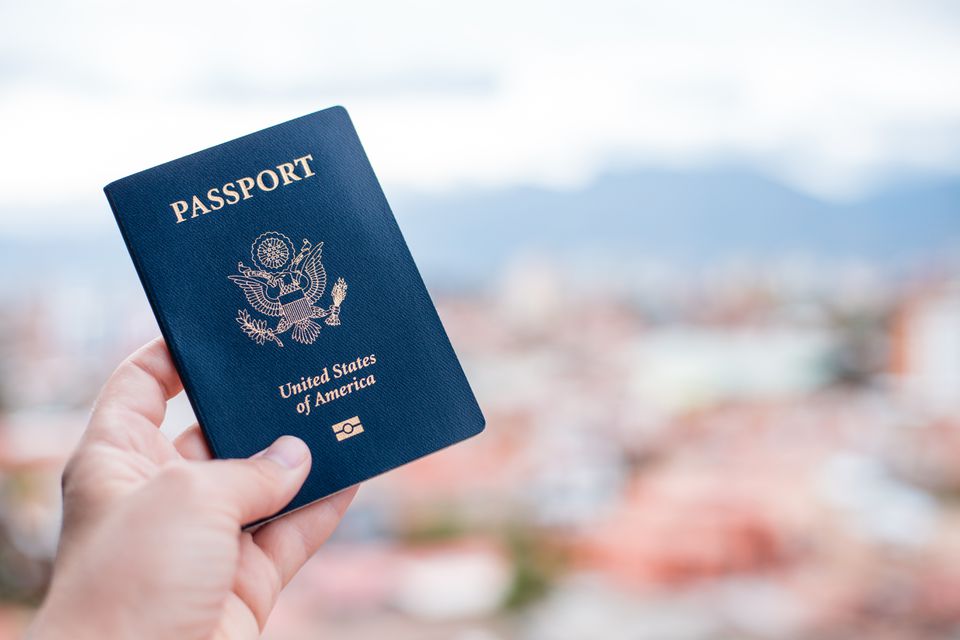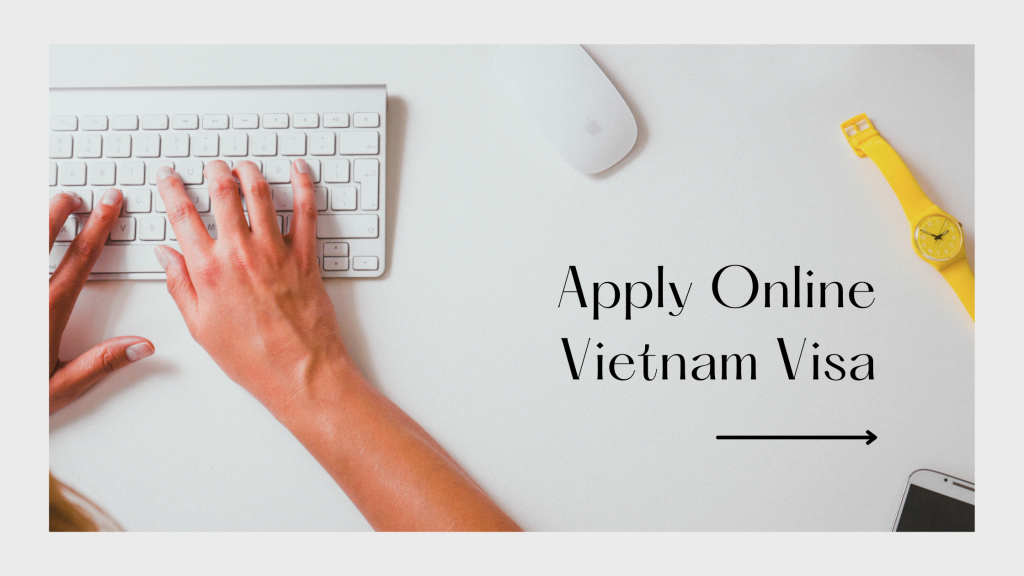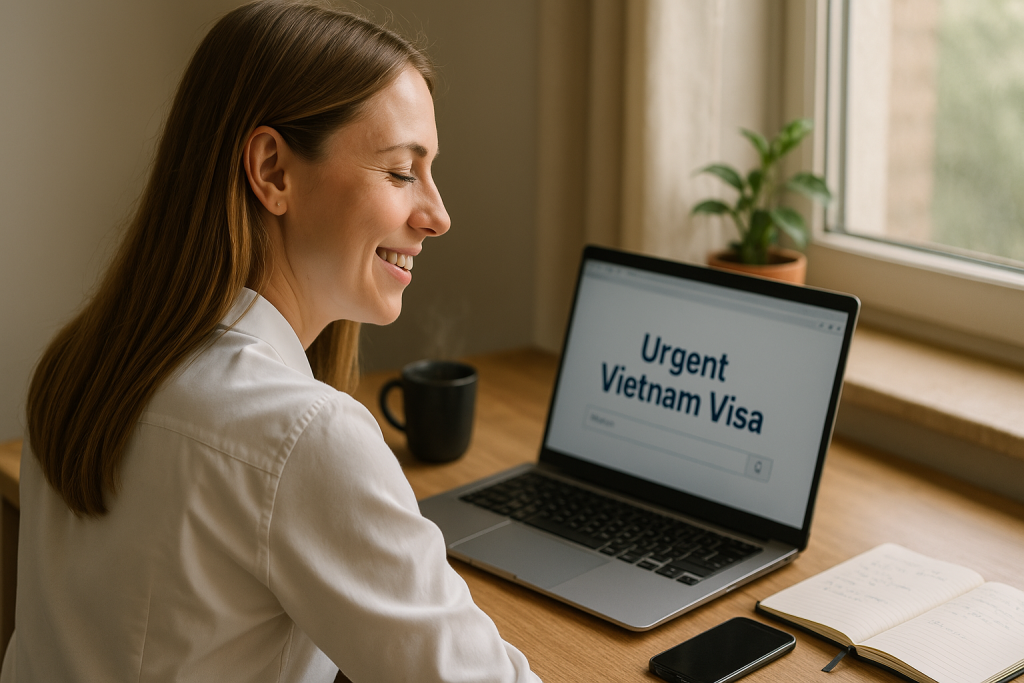
Are you a US citizen dreaming of your perfect holiday in Vietnam in 2025—but not sure how to start with the visa process? Don’t worry, you’re not alone. With updated policies and multiple ways to apply, it can be confusing to navigate your options. This guide breaks down everything you need to know to secure your Vietnam holiday visa—quickly, easily, and 100% legally—so your vacation starts off right.
Yes, US citizens are required to obtain a visa before entering Vietnam for holiday or tourism purposes. Vietnam is not on the visa-exempt list for American passport holders, so you will not be allowed to enter the country without a valid visa in most cases.
There are only a few exceptions. For example, transit passengers who remain in the airport’s international transit area for less than 24 hours and do not pass through immigration may not need a visa. However, this doesn’t apply to tourists looking to actually leave the airport.
Interestingly, there is a 30-day visa exemption for visitors arriving directly to Phu Quoc Island by air and staying only on the island. If you plan to visit any other destinations in Vietnam after arriving in Phu Quoc—even for a day trip—you’ll still need to apply for a visa in advance.

When applying for a Vietnam holiday visa, the main categories for tourists are based on entry frequency—either single-entry or multiple-entry. Both options are valid for holiday travel but offer different flexibility depending on your itinerary.
A single-entry visa allows you to enter Vietnam only once. After you leave, the visa becomes void—even if the validity period hasn’t expired. This option is best if you plan to visit Vietnam only once during your trip.
A multiple-entry visa, on the other hand, lets you leave and re-enter Vietnam as many times as needed within the visa’s valid period. This is ideal for US travelers who might be combining Vietnam with other Southeast Asian countries like Thailand, Laos, or Cambodia during their journey.
There are three primary methods for US passport holders to apply for a Vietnam holiday visa: e-visa, visa on arrival, and through the Vietnamese Embassy or Consulate.
The e-visa is the easiest and most popular method. It’s a fully online process where you upload your passport scan, a photo, fill out the required forms, and receive your visa via email. The process typically takes just a few days, and there’s no need to visit an embassy or wait in line at the airport.
The visa on arrival is another option. For this, you must first apply online for a visa approval letter before your trip. Upon arrival at a Vietnamese international airport, you’ll present the letter, your passport, and photos, then pay a stamping fee to receive your visa at the airport.
Lastly, you can apply through the Vietnamese Embassy or Consulate in the US. This is the most traditional method, but it involves mailing your passport, completing paperwork, and waiting for processing. It may be useful if you want a long-term visa or if you prefer dealing with official personnel.
For most US tourists planning a standard 2-week vacation in Vietnam, the e-visa is the top recommendation. It’s the fastest, most convenient, and completely digital. You can apply directly online from home without any paperwork or embassy visits.
If you prefer not to use the e-visa or need to enter through an airport not yet accepting e-visas, the visa on arrival is a solid alternative. However, be prepared to wait in a queue upon arrival at the airport and bring all necessary documents and the printed approval letter.
Both the e-visa and visa on arrival options can be applied for online at https://www.vietnamimmigration.com/apply-vietnam-visa/ — the process is simple, secure, and designed specifically for tourists.

Applying for an e-visa is straightforward, but you’ll need to prepare a few essential documents. First, your passport must be valid for at least 6 months from the date of arrival in Vietnam.
You’ll also need a passport-style photo and a scanned image of your passport’s bio page. These must meet specific requirements, so make sure to follow the formatting guidelines.
Additionally, provide your expected travel dates, entry and exit points, and a working email address, as this is where your visa approval will be sent. You won’t receive a physical sticker—everything is digital, so don’t forget to print out your e-visa before your flight.
Normally, e-visa processing takes about 3 to 5 business days, though during peak travel periods it may take a bit longer. That said, if you’re short on time, expedited services are available.
Many travelers opt for express processing (within 8 hours) or even super urgent service, which can deliver your e-visa in as little as 2 hours. This is especially helpful for last-minute trips or sudden changes in travel plans.
✅ For the fastest results and 100% approval assurance, consider applying through this trusted service: https://www.vietnamimmigration.com/apply-vietnam-visa/

As of 2025, most of Vietnam’s major international airports accept e-visas for tourist entry. These include:
In addition to airports, e-visas are also valid at selected land border checkpoints and seaports. This is particularly useful for US travelers planning multi-country trips or arriving via overland routes.
Vietnam’s list of eligible entry points may occasionally be updated, so always verify current airport and border access when applying for your visa.
Getting a Vietnam holiday visa as a US passport holder in 2025 is easier than ever. Whether you opt for the convenient e-visa, the flexible visa on arrival, or prefer traditional processing through the embassy, there’s a solution that fits your travel needs.
For most two-week holidaymakers, the e-visa is the ideal choice: fast, affordable, and simple to apply for. And if you’re short on time, don’t worry—express services are available to make sure your trip goes off without a hitch. Start your journey with confidence by applying online today at https://www.vietnamimmigration.com/apply-vietnam-visa/

